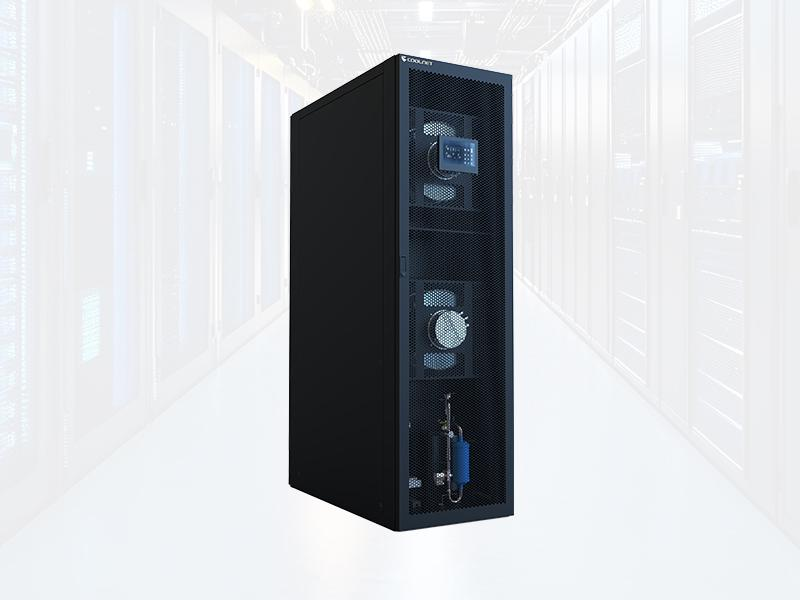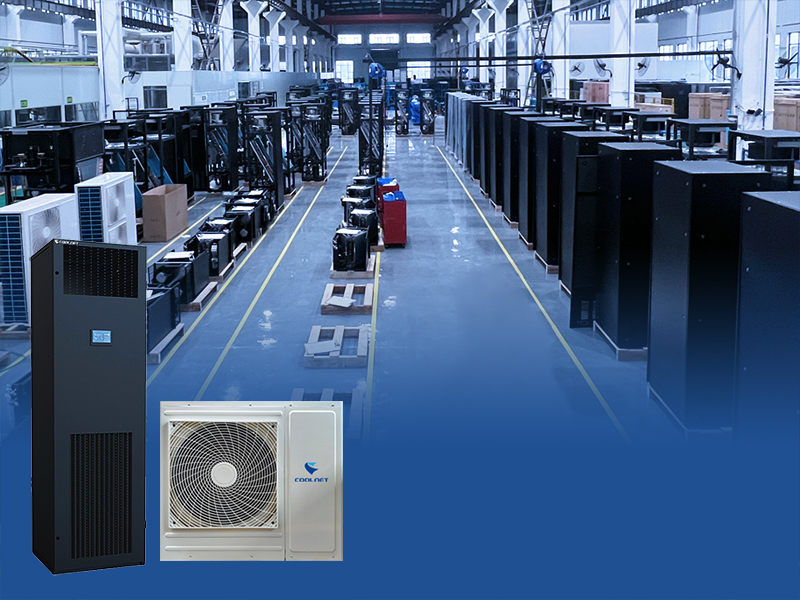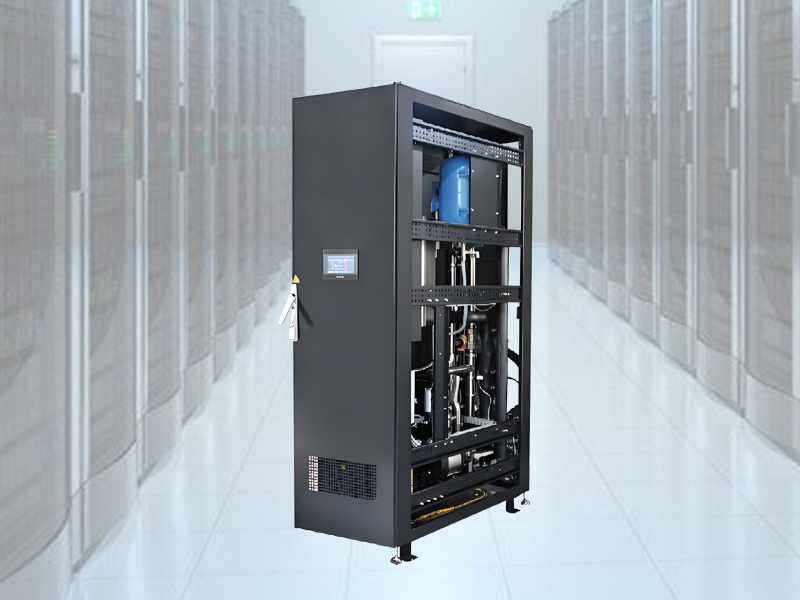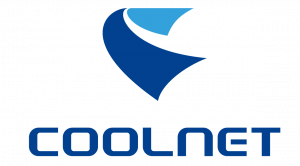We’ve observed a growing debate in the data center industry at Coolnet: will bold alternative cooling solutions take over, or will incremental improvements remain the norm? This question hits close to home as we develop technologies like in-row cooling systems and chilled water precision AC units, each designed to balance innovation with practicality. Let’s explore which path is more likely to shape the future.
The Case for Alternative Cooling: Promise and Barriers
Alternative solutions like liquid immersion cooling or advanced free cooling have gained attention for their ability to handle high-density loads. They offer dramatic efficiency gains in theory, but adoption faces hurdles. For example, retrofitting existing facilities with these systems is costly and disruptive, making them less feasible for many operators. While we at Coolnet recognize their potential—our research into liquid cooling technologies continues—we’ve found that most clients prioritize solutions that work with their current infrastructure. This limits how quickly alternatives can dominate, even as they find niches in new, high-performance data centers.
Incremental Optimizations: The Power of Small Improvements
Incremental changes, on the other hand, are proving to be both effective and accessible. Take in-row cooling: by placing cooling units directly alongside server racks, this approach reduces airflow waste and improves efficiency by 20-30% compared to traditional systems. Our Cool-Row Series in-row cooling units, for instance, use EC fans and inverter compressors to dynamically adjust to load changes, delivering steady gains without major overhauls. Similarly, chilled water precision AC—like our CyberMaster Series CW Unit—enhances heat transfer by 25-30% through water-based cooling, a modest upgrade that yields consistent energy savings. These tweaks are easy to integrate, making them popular among operators looking to improve without reinvention.
Finding Middle Ground: Hybrid Approaches
The most likely future lies in combining both strategies. Many data centers are adopting alternative cooling for high-density zones while relying on optimized systems elsewhere. For example, a facility might use immersion cooling for AI racks but pair it with in-row cooling for less demanding areas. Our chilled water precision AC units, which support free cooling modes, fit seamlessly into this hybrid model, allowing operators to switch between traditional and alternative methods based on conditions. This flexibility—rooted in incremental upgrades to existing technologies—balances innovation with reliability, a sweet spot we’ve refined at Coolnet.
Conclusion
Alternative cooling solutions will grow in importance, but they’re unlikely to fully replace incremental optimizations. Instead, the future will favor a mix: bold technologies for specific use cases, supported by improved workhorses like in-row cooling and chilled water precision AC. At Coolnet, we’re investing in both paths—enhancing our Cool-Row in-row cooling with smarter controls and refining our chilled water precision AC for better integration with alternative systems. This approach ensures we meet clients where they are, delivering value through both innovation and practicality. After all, the best cooling strategy isn’t about choosing one path—it’s about building a flexible, efficient system that evolves with needs.








